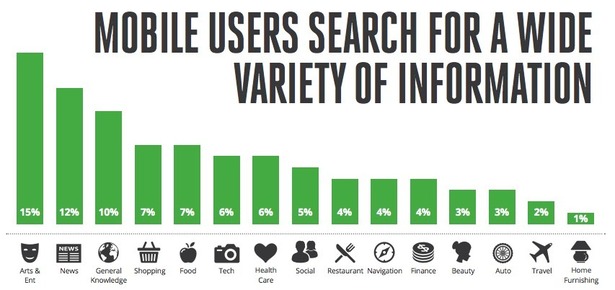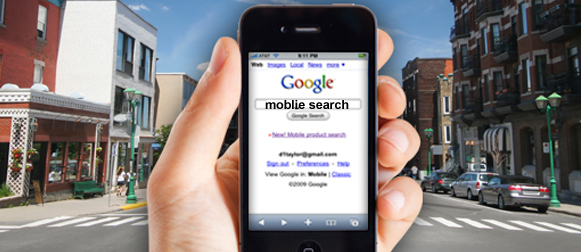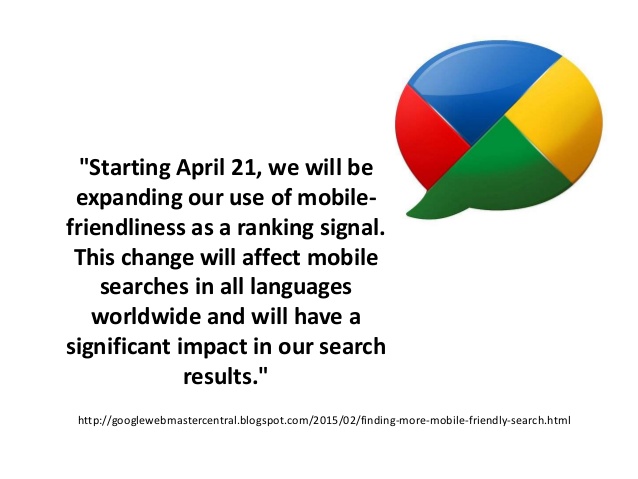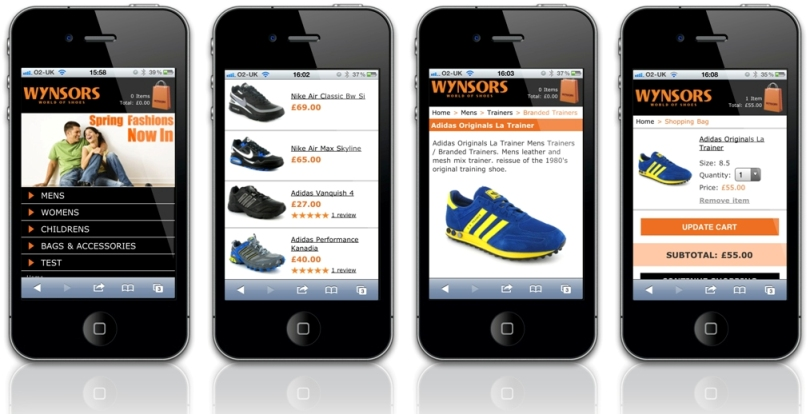All the hype these days is around mobile this and mobile that, and for the most part you’re probably feeling obliged to create a mobile website or an app for your business. The trouble is, getting a mobile website developed costs money, and as a business it’s important to recuperate these costs.
There are ways to turn your mobile website into a valuable business asset, and eventually your mobile site will help to bring in just as much money as your desktop website. We’ll be explaining some useful things to keep in mind when trying to get profit out of your mobile site.
Improve Google Rankings
Firstly, there is about to be a big change to the way Google lists mobile optimized and non-mobile optimized websites in it’s search engine. To put it shortly, every mobile optimized website out there will be just fine, but non-optimized sites will be punished for not adapting to the latest trends.
If you have a mobile website already this is great news for you. Without even having to lift a finger, these changes will help to improve your search rankings simply because some of your competitors will not be ready to deal with the big change right away.
We’d really suggest taking advantage of the new Google search engine changes by putting a bit more effort into SEO. This is obviously going to be a big battle for many companies to retain their spots on Google, but it gives you a chance to push past those that are not so prepared. If you aren’t sure what to do, there are many a few SEO companies that can help you out in this field.
By improving your Google rankings you are going to be setting yourself up for more traffic and more potential sales.
Bring in More Sales
It’s easy to suggest to you to work on bringing in more sales from your mobile website, but without much direction this may not be very easy. Depending on the state of your current website, your mobile site may be successfully bringing in profit, or alternatively it could be struggling to turn over a single sale.
If you are bringing in traffic to your mobile website, and hopefully with the new Google changes you will, there’s obviously something about your website that isn’t quite working. Mobile users are quick to act and they need content fast. For this reason, you should make sure your website loads quickly and provides visitors with the products they want to buy right away. Get rid of any unnecessary pages and information or shove it into the corner somewhere, and put the main focus of your website on the content you’re trying to sell.
Summary
If your website is responsive, loads quickly and provides quick access to the products or services you are trying to sell to customers, then you may find that your mobile website is doing successfully.
If your mobile site is under performing when compared to your desktop version you may want to take a look at your site and see how it compares to popular sites that are in the same industry as you. Chances are you’ll find some glaring issues about your website that can be fixed to increase your mobile sales.




















